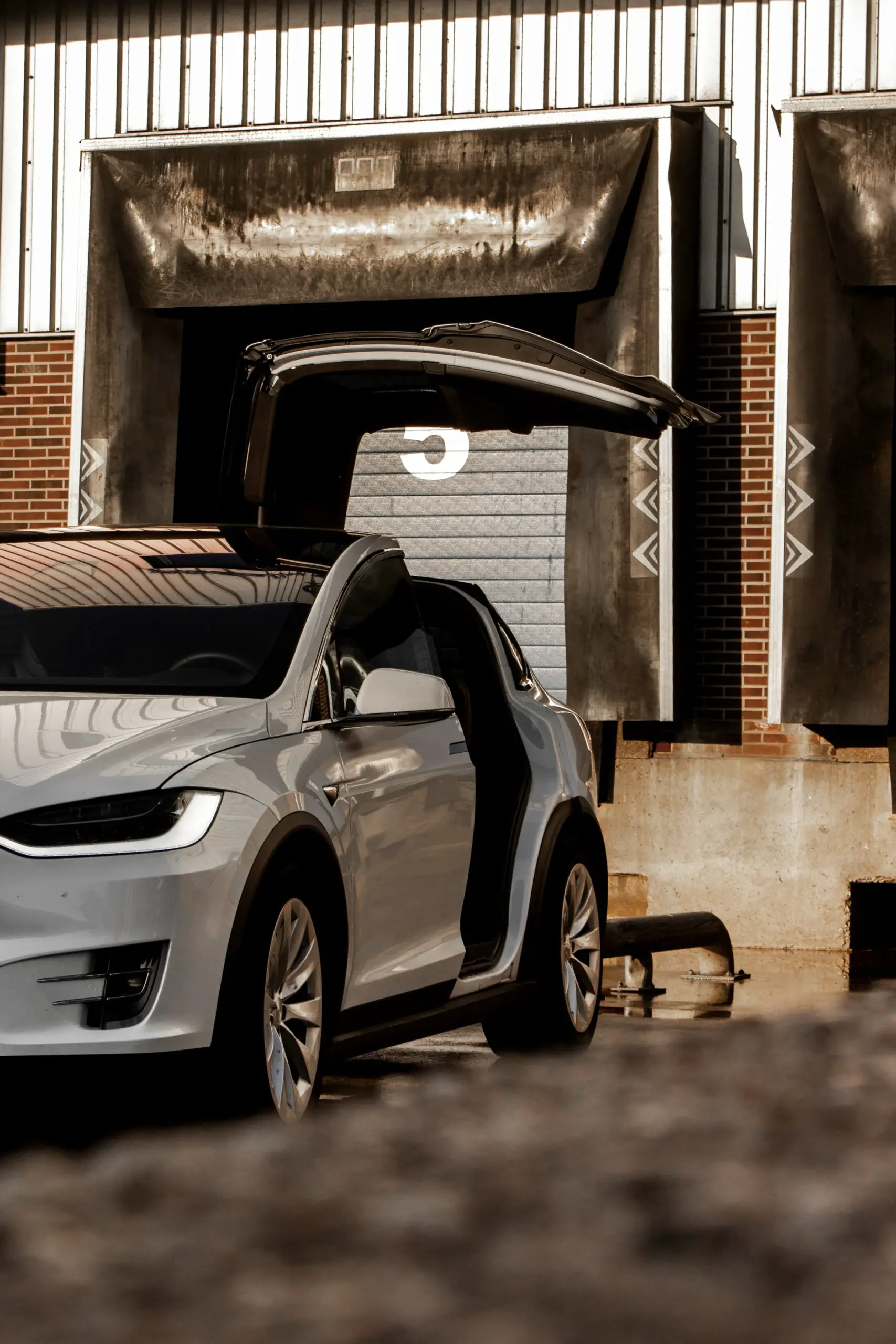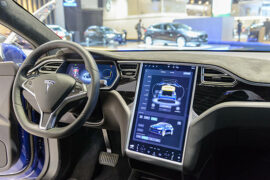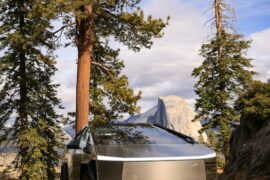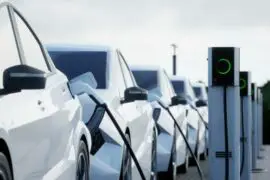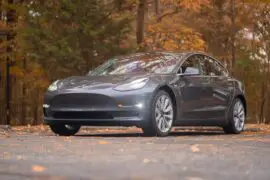As the world increasingly embraces sustainable transportation, electric vehicles (EVs) have emerged as a revolutionary force in the automotive industry. At the forefront of this electric revolution stands Tesla, a company renowned for its cutting-edge technology and commitment to driving the transition toward a greener future. With its sleek designs and high-performance electric cars, Tesla has captured the imagination of eco-conscious consumers and tech enthusiasts worldwide.
This article delves into the multifaceted world of Tesla ownership, addressing the focus keyword: “What is the downside of having a Tesla?” By presenting a comprehensive overview of the potential downsides, this article aims to provide readers with a well-rounded understanding of the realities of Tesla ownership.
Throughout the following sections, we will explore the different downsides that Tesla owners may encounter. From the initial purchase cost to considerations about range limitations, charging infrastructure challenges, and potential battery degradation concerns, we leave no stone unturned. Additionally, we’ll shed light on the implications of reliance on electricity and charging infrastructure, service and maintenance costs, insurance considerations, and the limited customization options Tesla offers.
As we journey through the ups and downs of Tesla ownership, it becomes evident that while challenges exist, the remarkable benefits of driving a Tesla often outweigh these drawbacks. By the end of this article, readers will be empowered to make informed decisions about whether owning a Tesla aligns with their values, lifestyle, and long-term goals. Whether you’re an ardent EV enthusiast or a curious potential buyer, join us as we explore the pros and cons of having a Tesla.
Contents
High Initial Purchase Cost
When considering the prospect of owning a Tesla, one of the first factors that potential buyers must confront is the higher upfront cost compared to traditional gasoline-powered cars. Tesla’s cutting-edge technology, innovative features, and premium design contribute to a premium price tag that can be a significant barrier for some consumers.
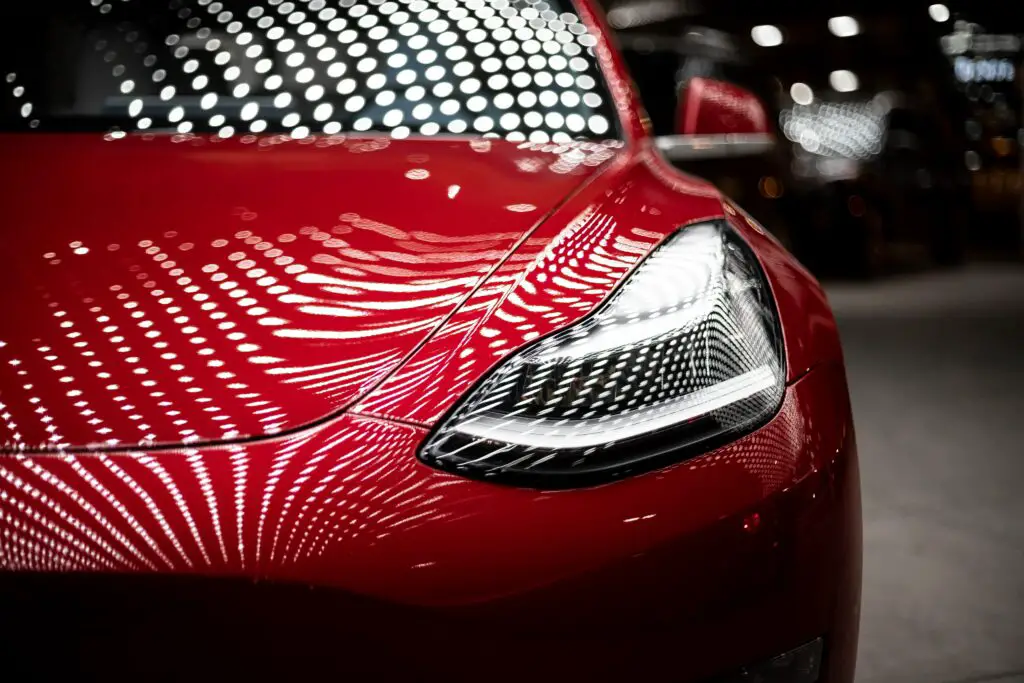
While the allure of owning an electric vehicle is strong, the initial purchase cost may raise affordability concerns for budget-conscious buyers. The higher upfront investment could lead some individuals to opt for more affordable options in the traditional automotive market.
However, it’s essential to view this cost through a long-term lens. Despite the higher purchase price, Tesla’s electric vehicles offer substantial savings over time through lower operating costs. Electricity costs are generally lower than gasoline expenses, leading to reduced day-to-day spending on fuel. Moreover, Tesla’s simpler design with fewer moving parts translates to fewer maintenance requirements and potentially lower repair costs, further contributing to long-term savings.
As the automotive industry evolves, advancements in electric vehicle technology and manufacturing processes may eventually lead to more competitive pricing for Tesla and other EV brands. Nonetheless, for buyers willing to make the initial investment, the long-term cost benefits and positive impact on the environment make owning a Tesla an enticing option.
Limited Range and Charging Time
While Tesla and other electric vehicles have significantly improved their range capabilities, they still face inherent limitations compared to their gasoline-powered counterparts. One of the primary concerns for potential Tesla owners is range anxiety – the fear of running out of charge before reaching their destination.
Electric vehicles, including Teslas, typically have a limited driving range compared to traditional gasoline-powered cars. While newer Tesla models boast impressive ranges, factors such as driving style, weather conditions, and accessories usage can affect the distance covered on a single charge.
Tesla has invested in advancing its battery technology to enhance the driving range of its vehicles. Innovations like larger battery packs and improved energy efficiency have allowed newer Teslas to travel more miles on a single charge than earlier models. However, it’s essential to acknowledge that even with these improvements, electric cars may not be suitable for some long-haul trips, particularly in regions with sparse charging infrastructure.
For Tesla owners embarking on extended journeys, the inconvenience of longer trips and the need for frequent charging stops must be considered. Unlike conventional gas stations offering quick refueling, charging an electric vehicle takes significantly longer. Although Tesla’s Supercharger network provides faster charging options, it may still require more planning and time for recharging during long trips.
Despite these limitations, many Tesla owners find ways to adapt to the electric lifestyle. Strategically planning charging stops, utilizing destination charging at hotels or restaurants, and taking advantage of the growing network of public charging stations can mitigate the inconvenience of limited range and charging time.
As electric vehicle technology advances, including battery capacity and charging speed advancements, range limitations may gradually become less pronounced. However, potential Tesla owners should carefully consider their driving habits and travel needs to determine if the available range and charging infrastructure align with their lifestyle.
Charging Infrastructure Challenges
Tesla’s Supercharger network has been a game-changer for long-distance travel, providing a significant advantage to Tesla owners. The Supercharger network offers fast-charging stations strategically located along major travel routes, enabling quick recharging and reducing travel time for long trips. This extensive network has made road trips more feasible and convenient for Tesla drivers, alleviating range anxiety and enhancing the overall ownership experience.
However, despite the convenience of the Supercharger network, certain areas may still lack sufficient charging infrastructure. In rural or less populated regions, charging stations can be limited, making it challenging for Tesla owners to find suitable charging options for their daily driving or travel. This limitation can be particularly problematic for those residing where public charging stations are not yet widely available.
To address the issue of charging accessibility, various potential solutions are being explored. Governments and private companies are investing in expanding public charging networks to support the growing adoption of electric vehicles, including Tesla. Local authorities may offer incentives or grants to encourage the installation of charging stations in underserved regions.
Additionally, Tesla and other electric vehicle manufacturers continue collaborating with partners to expand the charging infrastructure. This may involve strategic partnerships with businesses, municipalities, and utility companies to establish more charging stations in key locations.
Battery Degradation Concerns
Lithium-ion batteries, the power source used in Tesla electric vehicles, are known for their efficiency and energy storage capabilities. However, like all rechargeable batteries, they are subject to gradual capacity loss over time, commonly called battery degradation.
The nature of lithium-ion batteries leads to chemical reactions that can cause the gradual breakdown of electrode materials, reducing the battery’s overall capacity. Factors contributing to battery degradation include the frequency of charge cycles, operating temperature extremes, and charging patterns.
As lithium-ion batteries in Teslas undergo capacity loss, it can impact the car’s range and performance. Over time, the driving range on a single charge may slightly decrease compared to the vehicle’s original specifications. While this reduction is generally gradual, Tesla owners must be aware of this potential impact, particularly as the car ages.
Tesla has implemented various strategies to improve battery longevity to address battery degradation concerns. One crucial aspect is the development of sophisticated battery management systems that optimize charging and discharging cycles. Tesla’s battery management system monitors and regulates the battery’s temperature, charge levels, and usage patterns, reducing stress on the battery and mitigating capacity loss.
Additionally, Tesla’s continuous investment in battery technology has led to advancements in cell chemistry and battery pack designs. Newer Tesla models are equipped with improved battery packs designed to be more durable and long-lasting, providing greater resistance to capacity loss over time.

Service and Maintenance Costs
Tesla vehicles are well-known for their relatively low maintenance requirements compared to traditional gasoline-powered cars. The electric powertrain has fewer moving parts, reducing the need for regular servicing and replacing components like oil filters, spark plugs, and timing belts. This translates to potentially lower maintenance costs over the lifespan of the vehicle.
However, while the day-to-day maintenance needs may be lower, the cost of servicing a Tesla can be higher when compared to conventional cars. One significant factor contributing to higher service and maintenance costs is Tesla’s proprietary technology and specialized components. Tesla designs and manufactures many unique parts for its vehicles, which can result in higher repair expenses, especially for older models or vehicles that are out of warranty.
Additionally, Tesla’s focus on continuous innovation means that older models may have limited replacement parts availability, which can further increase repair costs. Owners might have to wait for parts to be sourced or shipped, leading to potential delays in getting their vehicles back on the road.
Another aspect that can influence service and maintenance costs is the availability of Tesla service centers. While Tesla has been expanding its service network, some regions may have limited access to conveniently located service centers. This can be a concern for Tesla owners who need routine maintenance or repairs but are not in close proximity to an authorized service facility.
In response to these challenges, Tesla has been improving service accessibility and customer support. The company has been increasing the number of service centers and mobile service units to reach more customers efficiently. Furthermore, Tesla continues to invest in training technicians to handle various service needs, ensuring owners receive expert and reliable service.
Dependence on Electricity and Charging Infrastructure
One of the significant considerations for Tesla owners is their dependence on a reliable electricity supply and charging infrastructure. In regions prone to power outages or unstable electricity grids, concerns may arise about the feasibility of owning an electric vehicle.
In areas where electricity reliability is a concern, Tesla owners may worry about their ability to charge their vehicles consistently. A power outage could disrupt charging routines and impact daily commuting or travel plans. Additionally, reliance on electricity for transportation means that an electric vehicle’s availability depends on access to a functional charging station.
The reliance on charging infrastructure can also be a factor in daily commuting and travel. While the charging infrastructure has been expanding, certain locations may have limited access to charging stations, especially in rural or less populated areas. This can lead to inconvenience and planning challenges for Tesla owners relying on public charging stations for their regular charging needs.
To address concerns related to electricity reliability and charging infrastructure, Tesla owners can consider alternative solutions for emergencies. One option is a backup power source at home, such as a generator or solar power system. This allows Tesla owners to have a contingency plan for charging during power outages, ensuring their ability to keep their vehicles operational.
Tesla has also been developing and promoting home energy storage solutions, such as the Tesla Powerwall, which can store excess energy generated from solar panels or charge during periods of stable electricity supply. During power outages, the Powerwall can provide home and electric vehicle charging backup power.
Insurance Costs
Insurance premiums for Tesla vehicles can often be higher than average, primarily due to several factors contributing to increased insurance costs.
Firstly, the higher initial value of Tesla cars than traditional gasoline-powered vehicles plays a significant role in insurance pricing. Tesla’s innovative technology, cutting-edge features, and premium design lead to a higher replacement cost in case of an accident or theft, which insurers consider when determining premiums.
Secondly, Tesla’s advanced technology and safety features may result in higher repair costs. Specialized components and proprietary technology unique to Tesla vehicles can be more expensive to repair or replace, driving up insurance expenses.
Additionally, Tesla vehicles often feature autonomous driving capabilities and a range of driver-assistance features, which are relatively new in the automotive market. These advanced technologies can increase the complexity and cost of repairs, influencing insurance premiums.
Another factor contributing to higher insurance costs is the relatively limited availability of Tesla repair facilities compared to conventional repair networks. This limited access can lead to higher repair expenses for insurance companies, which can, in turn, be reflected in higher premiums.
Limited Customization Options
One aspect where Tesla differs from some other automakers is its approach to offering fewer model variations and customization options. Tesla follows a more streamlined approach, focusing on a few core models with specific configurations rather than providing an extensive range of choices.
Tesla’s simplified model lineup consists of a few standard configurations for each vehicle, such as different battery pack options, performance packages, and interior choices. While this approach streamlines the production process and allows for faster delivery times, it may not cater to buyers who desire a wide array of specific features or styles.
The limited customization options Tesla offers can potentially impact buyers with specific preferences or requirements. Some potential buyers might desire specific paint colors, interior materials, or additional optional features unavailable within Tesla’s predefined configurations. In such cases, the lack of customization options might lead them to consider other automakers with more extensive customization choices.
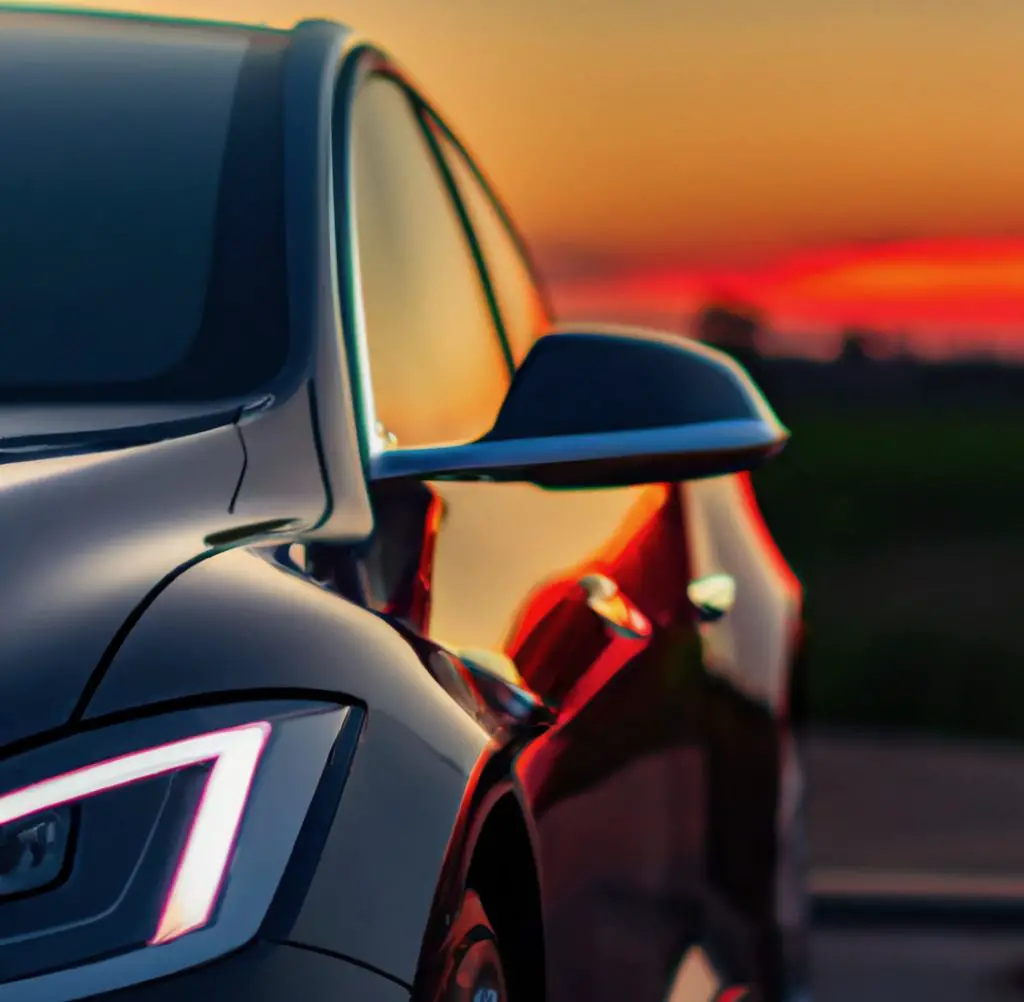
What is the downside of having a Tesla?
Owning a Tesla has its downsides, including high costs, limited range, and dependence on charging infrastructure. However, many owners find the benefits outweigh these challenges, embracing its eco-friendly nature and cutting-edge technology. Prospective buyers should evaluate their needs, priorities, and enthusiasm for sustainability. Tesla’s commitment to innovation promises a greener and more sustainable future, positively shaping the electric vehicle industry. As society embraces electric mobility, Tesla owners contribute to a cleaner transportation landscape.

